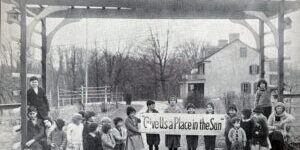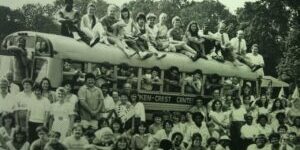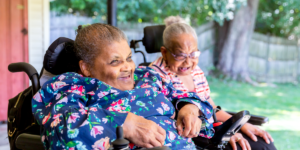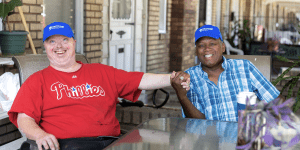In 1905, amid the smoke and steel of early 20th-century Philadelphia, tuberculosis ravaged communities, and hope was often in short supply. But for one determined woman, Sister Maria Roeck, the suffering she witnessed was not just a tragedy but a call to action. With grit, conviction, and an unshakable sense of purpose, she rallied local churches and established the Kensington Dispensary for the Treatment of Tuberculosis.
At a time when specialized treatment centers were rare—only 20 existed in the entire United States—this dispensary became a beacon of care and compassion, laying the foundation for what would one day become KenCrest.
What began as a mission to heal the sick would ultimately evolve into something even greater: a movement dedicated to empowering individuals with intellectual and developmental disabilities, ensuring that everyone was treated with respect, dignity, and care.
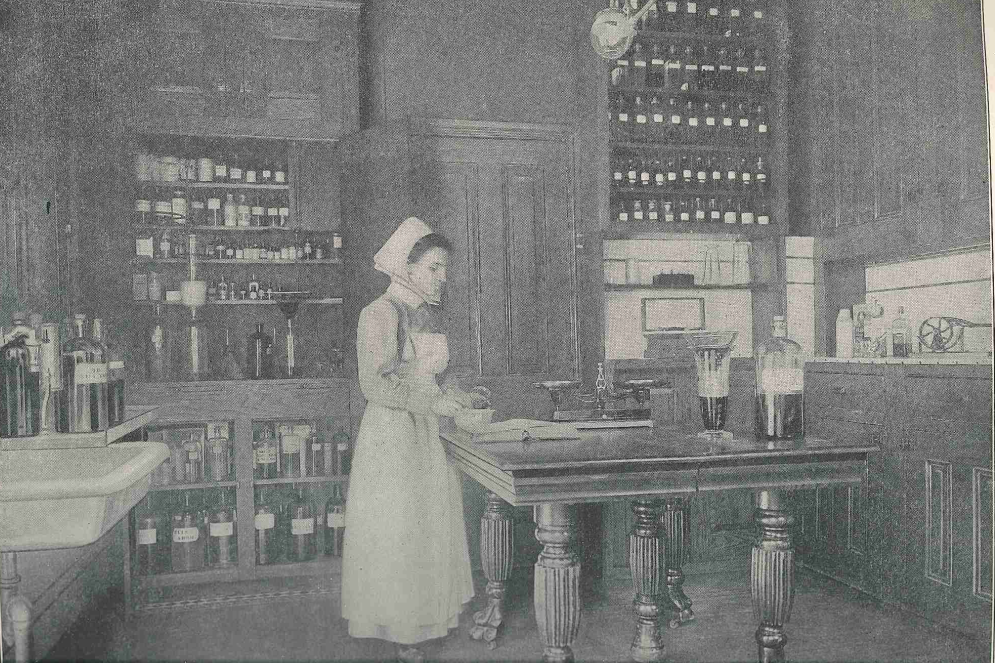
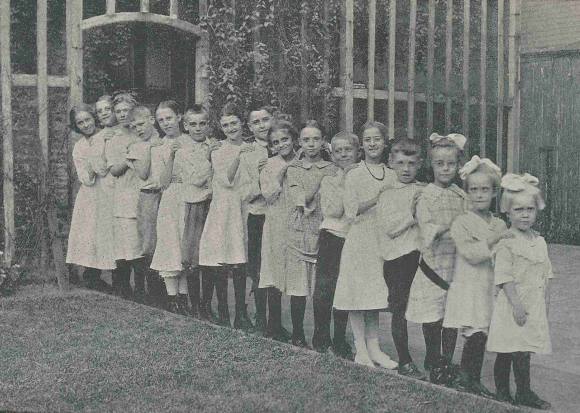
The Foundation Layer
In 1903, Reverend August Fischer learned about Tuberculosis through his home visits and social work. With the growing pressures of parish duties and TB running rampant, Fischer needed help. So, he requested a Deaconess from the Motherhouse to assist him, a controversial move at the time for women in parish leadership roles was wildly unpopular. But the Church Council agreed and sent Sister Maria Roeck. She had extensive experience treating TB, having worked at German Hospital (which later became Lankenau Medical Center) and Easton Hospital, one of the few institutions that treated tuberculosis patients. She knew more work needed to be done, and the idea of the Kensington Dispensary was formed.
Sister Maria Roeck, affectionately known as "Herr Schwester" (German for "Mister Sister") due to her forceful and determined personality, was instrumental in the dispensary's early success. She quickly became the Deaconess-in-Charge and worked tirelessly to advocate for the dispensary’s mission. She was known to walk around town clutching her ever-present drawstring bag filled with medical supplies and essentials, ensuring no one was forgotten. Her mission was personal, and her passion was relentless.
Sister Maria's vision extended beyond TB treatment; in 1912, she established "A Place in the Sun" for children exposed to tuberculosis, emphasizing the importance of giving each child a fair chance at life. The home was called River Crest, and by the end of 1925, the associated preventorium had cared for more than 2,000 children, highlighting the pressing need for expanded facilities.
When Sister Maria retired in 1939, she left a legacy of compassion and perseverance, but her mission was far from over.
A New Direction
As World War II raged, another strong-willed woman stepped forward to lead the dispensary through uncertain times. Sister Bertha Stickel guided the institution through the war years, but in 1947, it was Sister Grace Jones who would redefine its mission entirely. A woman of immense conviction, Sister Grace believed that challenges existed only to be overcome. Her work in psychiatric nursing had introduced her to families of children with developmental disabilities—children who were often hidden from society, denied education, and institutionalized, as a matter of course.
Challenging this misconception, Sister Grace believed in "normalization"—the idea that individuals with disabilities should have the same rights and opportunities as others. In 1955, under her guidance, the dispensary launched its first education and training program for children with developmental disabilities, becoming one of the nation's first non-institutional programs of its kind. Here, children were taught not just to survive but to thrive—to live full, meaningful lives within the community. Sister Grace instilled in her staff a guiding principle: every child deserved to be treated with respect and care. They were not merely students but individuals with potential, capable of joy, learning, and growth.
By 1969, recognizing the evolving scope of the organization's services, Sister Grace led the merger of the Kensington Dispensary and RiverCrest, forming KenCrest Centers for Exceptional Persons. She then became the Director of Residential Services at RiverCrest, while James O. Vammen took over as Executive Director of KenCrest. Vammen continued the mission by converting the dispensary into a group home for teenagers with developmental disabilities, advocating for community-based living arrangements.
Sister Maria and Sister Grace may have walked different paths, but their legacies were intertwined. They saw suffering and met it with action. They saw limitations and pushed past them. Today, as KenCrest serves thousands across multiple states, the spirit of these pioneering women endures. Their stories remind us that change begins with one determined voice and that the smallest acts of compassion can ripple into lifetimes of impact. In the heart of every KenCrest program, their vision lives on—proof that hope, when nurtured, can grow beyond what anyone ever imagined.
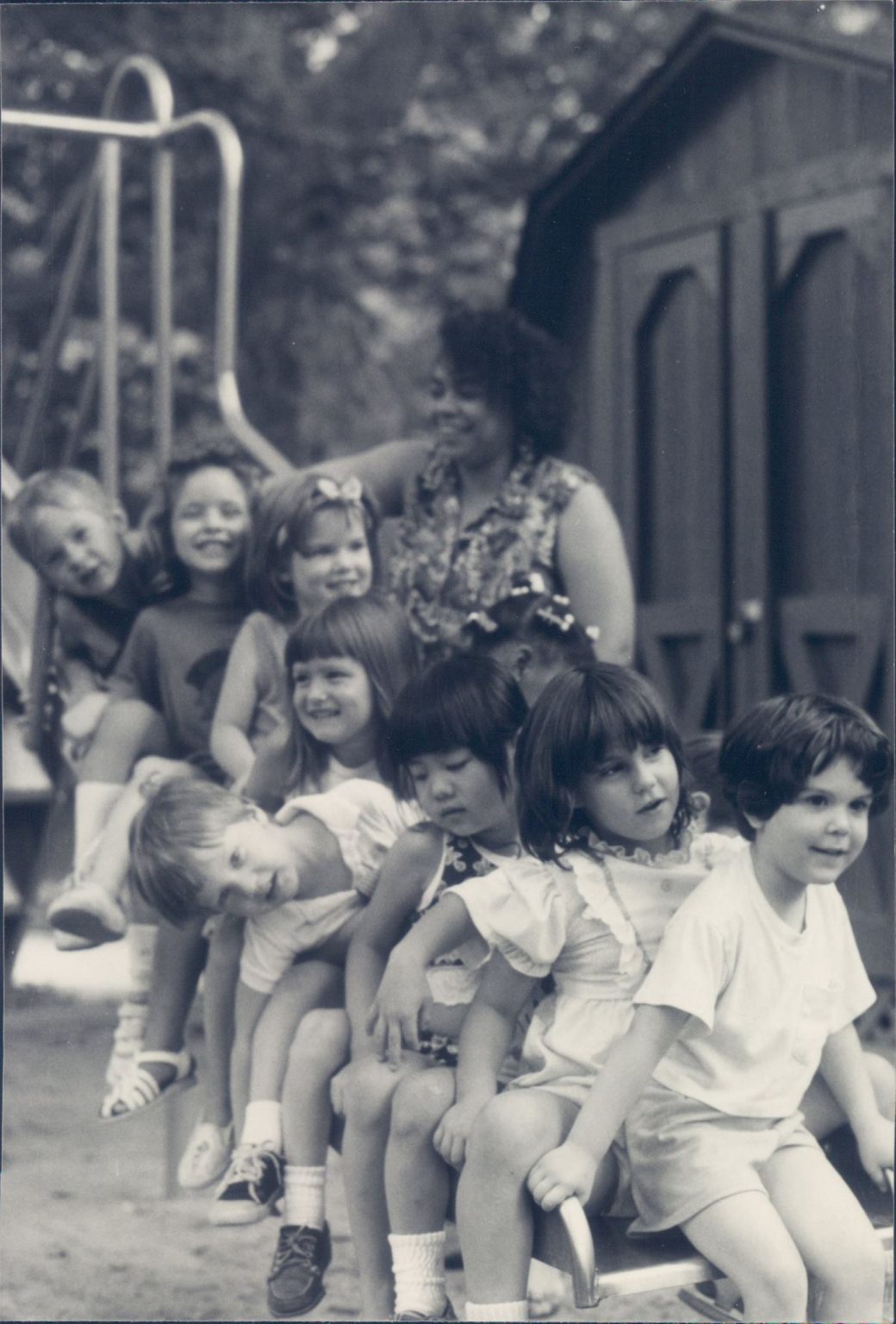
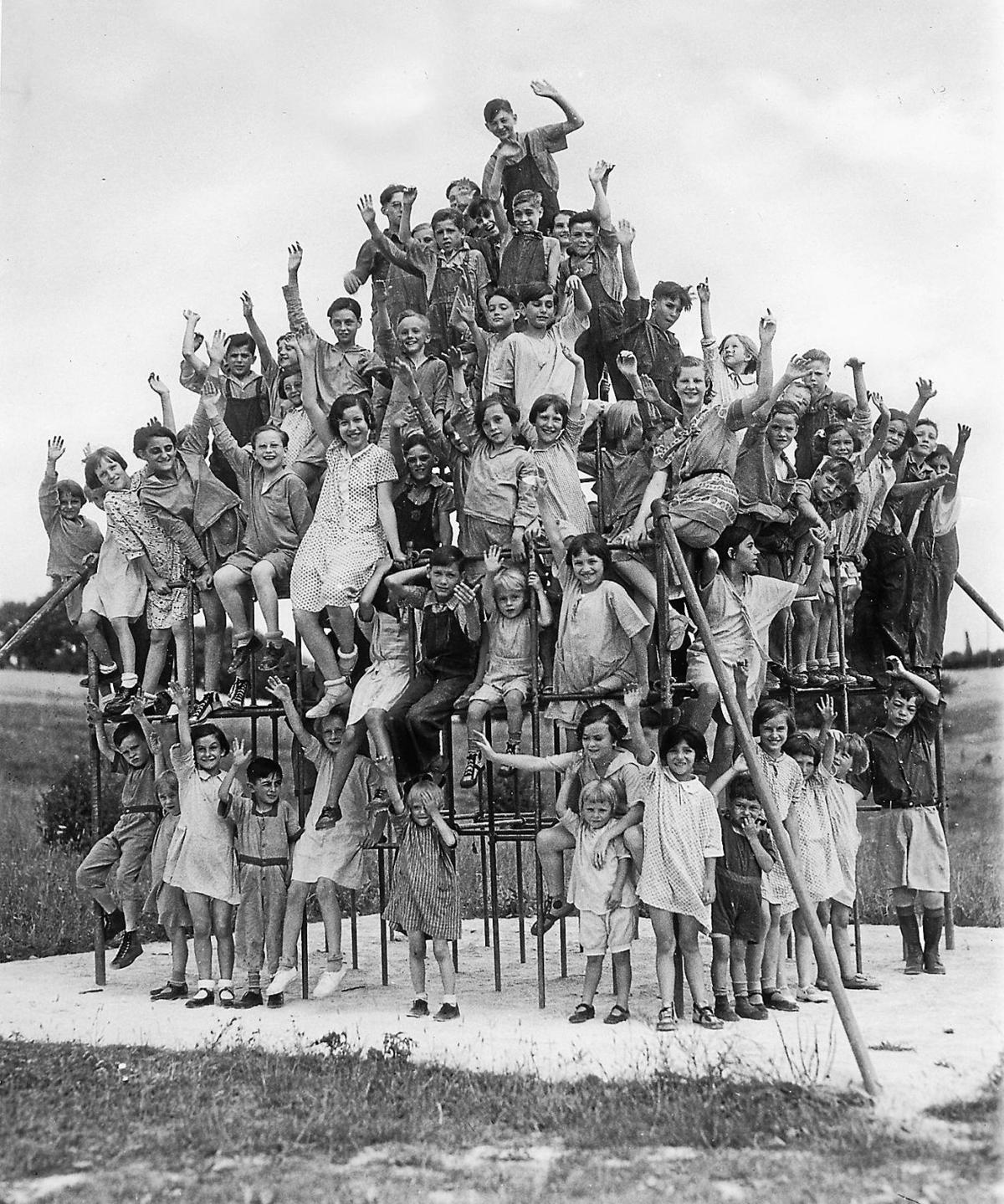
This year, as we celebrate our 120th anniversary, we will look into our past by sharing stories from our history. Please check back for more stories as they come, or read about our history by clicking the button below.
Or join us in celebrating our 120 years by attending our Taste the Possibilities event this June! Learn more below.


